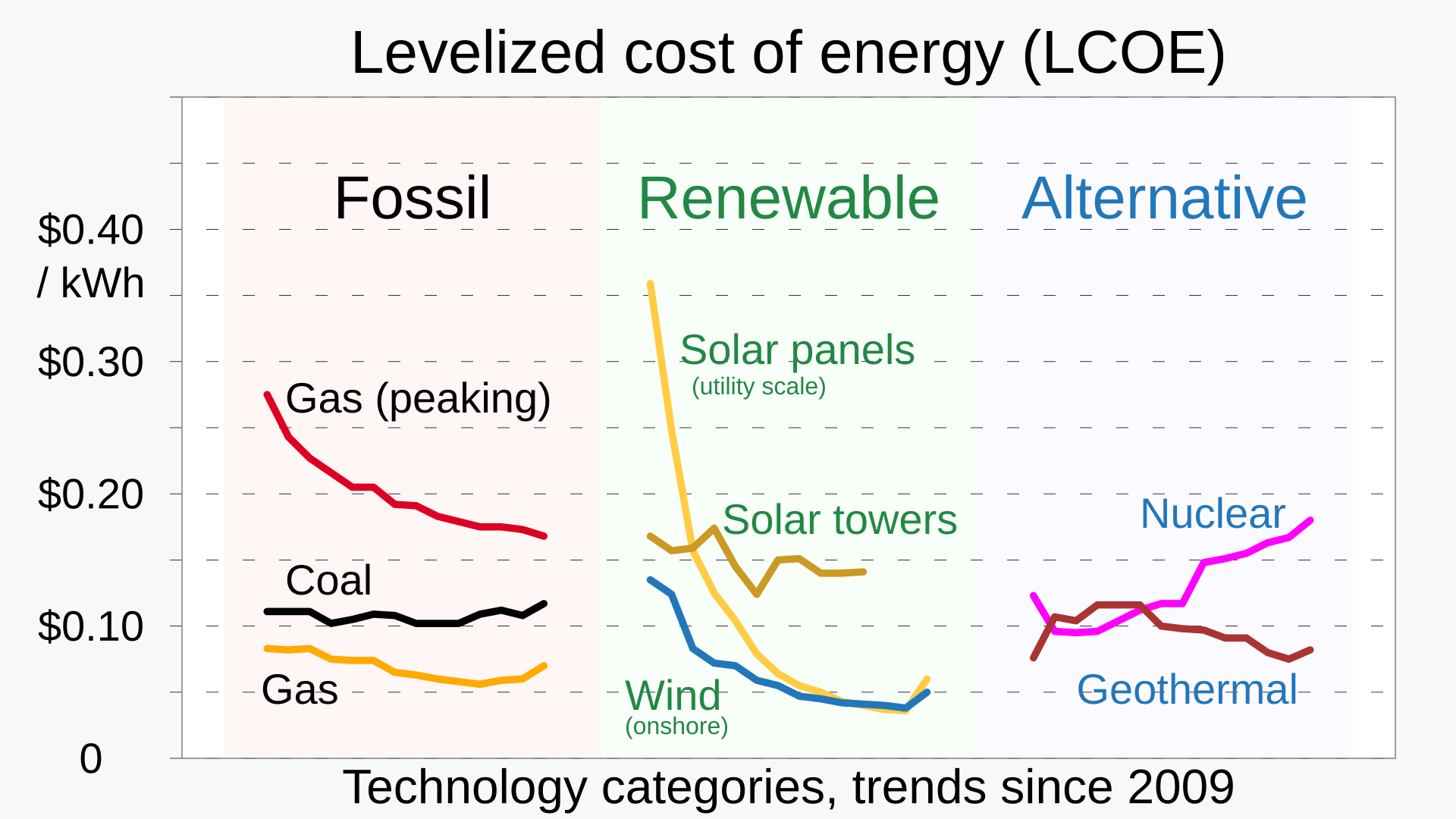Into the Night
Verified User
So you think 60 gallons of lubricating oil is equivalent to 640,000 gallons of gasoline and 2,000 gallons of engine oil?
Wind turbine requires 60 gallons of lubricating oil in a sealed system that lasts for over a year.
Wind turbine provides enough electricity in a year for electric vehicles to travel 19,200,000 miles which in an ICE vehicle at 30mpg would require 640,000 gallons of gasoline and 2,000 gallons of engine oil even if you only change the oil every 12,000 miles.
So you don't have evidence that the American continent is still covered with prairies and old growth forests? That would be the only way your argument that man can't affect his environment could possibly be true.
As to your claim that the electrical grid can't currently charge millions of electrical cars -
The current electric grid is perfectly capable of charging millions of cars over night.
https://www.eia.gov/todayinenergy/detail.php?id=42915
On the average night the electrical usage in the US drops by 100,000,000 kwh from the peak during the day. If we simply assume that is for 4 hours that gives us 400,000,000 kwh of electricity for charging cars over night that can be handled by the current grid with no changes at all. That 400,000,000 kwh would top off 40,000,000 electrical vehicles.
But if we look further, we see the peak load on the grid is only for about 6 hours per day and only during the 3 summer months. That would leave us with a current grid that could give us over a billion kwhs or more capacity per day to charge cars even during the peak electrical usage of summer. Then during the other 9 months we would have well over 2 billion kwhs of capacity with the current grid. Then if you simply require a smart charger similar to what electric utilities use for cycling air conditioners on and off you can control when and how those cars charge and likely increase the capacity even further.
The problem is not the current neighborhood electrical grid. That is perfectly capable of handling the charging of electrical vehicles at night with a few tweaks to control so all vehicles aren't charging at the same time. But then that's just me being naive enough to actually do the research. Feel free to continue on in your ignorance while calling me naive.
You are naive.
It requires 10-12 hours to charge an electric car from fully drained to fully charged. It takes about 5 minutes to refuel a gasoline car.
This makes the electric car essentially useless for open road travel or for commercial vehicle use.
Your 'topping off solution' is nothing more than not driving your car much.
Joules are joules. It takes a certain amount of them to move a mass a certain distance at a certain speed. You can't change that. You can't create energy out of nothing. See the 1st law of thermodynamics.
If you want to charge a nation full of electric cars, there is not enough power generating capacity to do it. More power plants will have to be built. Wind won't cut it. Solar won't cut it. Nuclear won't cut it. Hydroelectric won't cut it. It means coal, oil, and natural gas.



